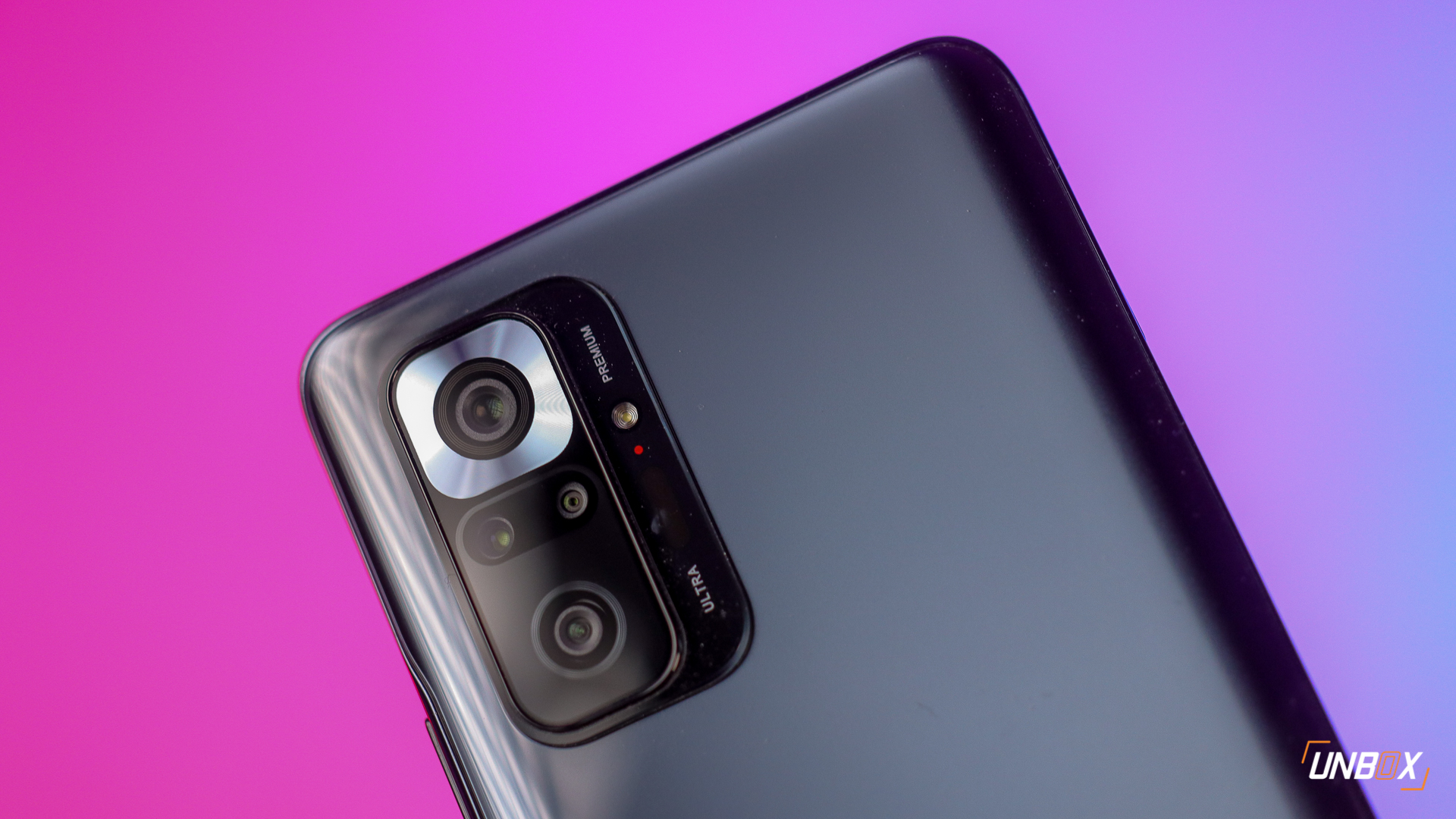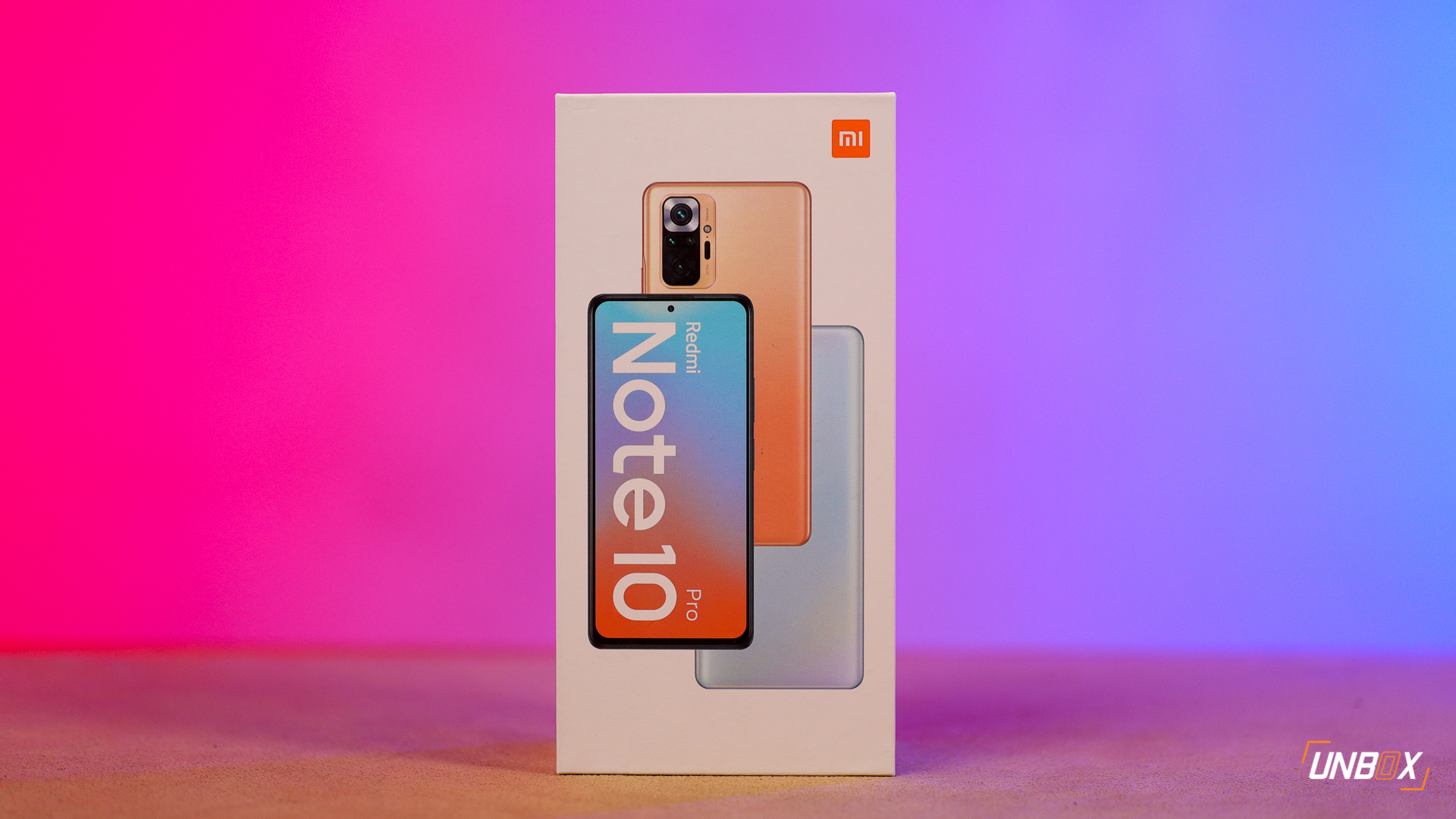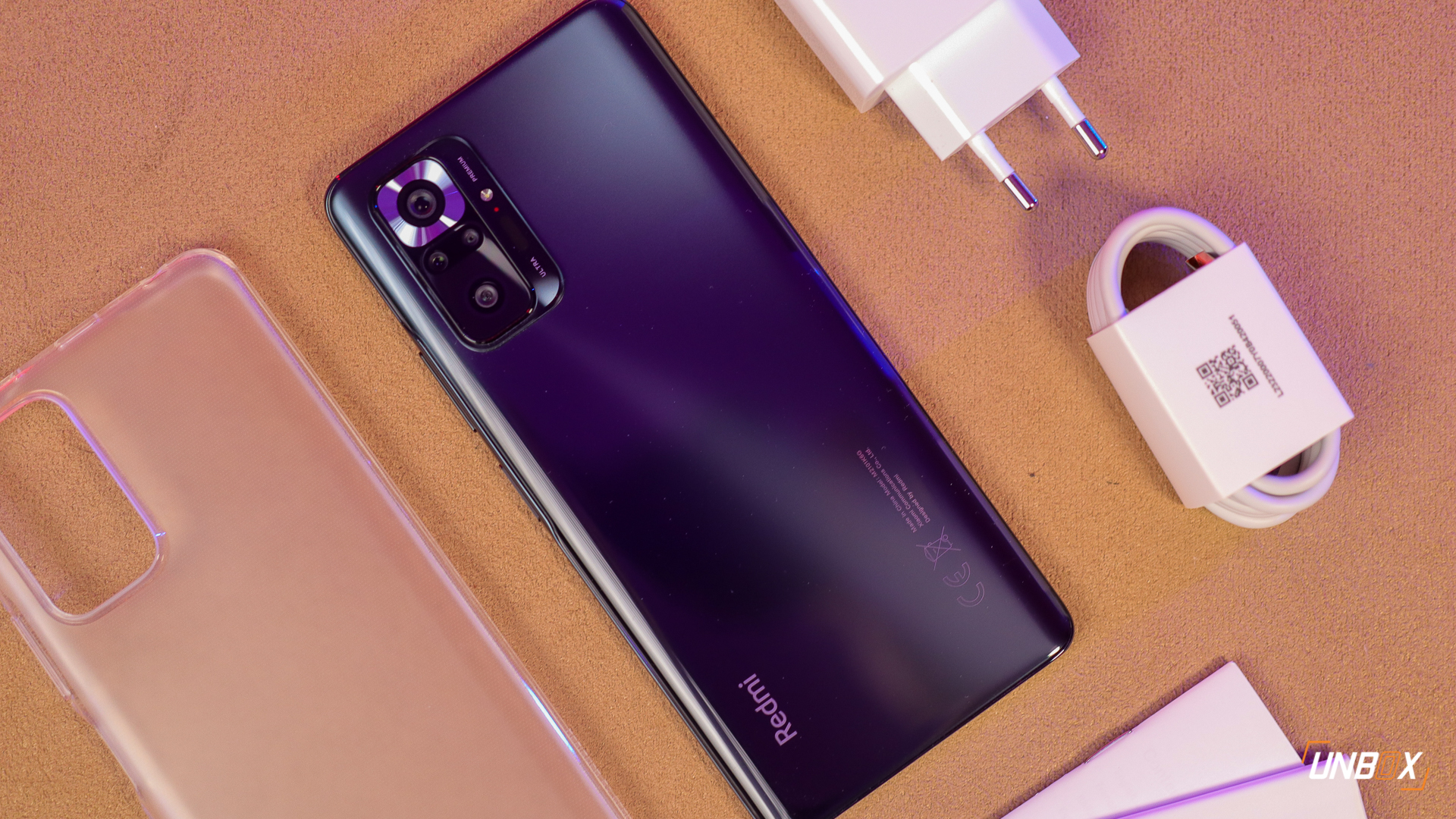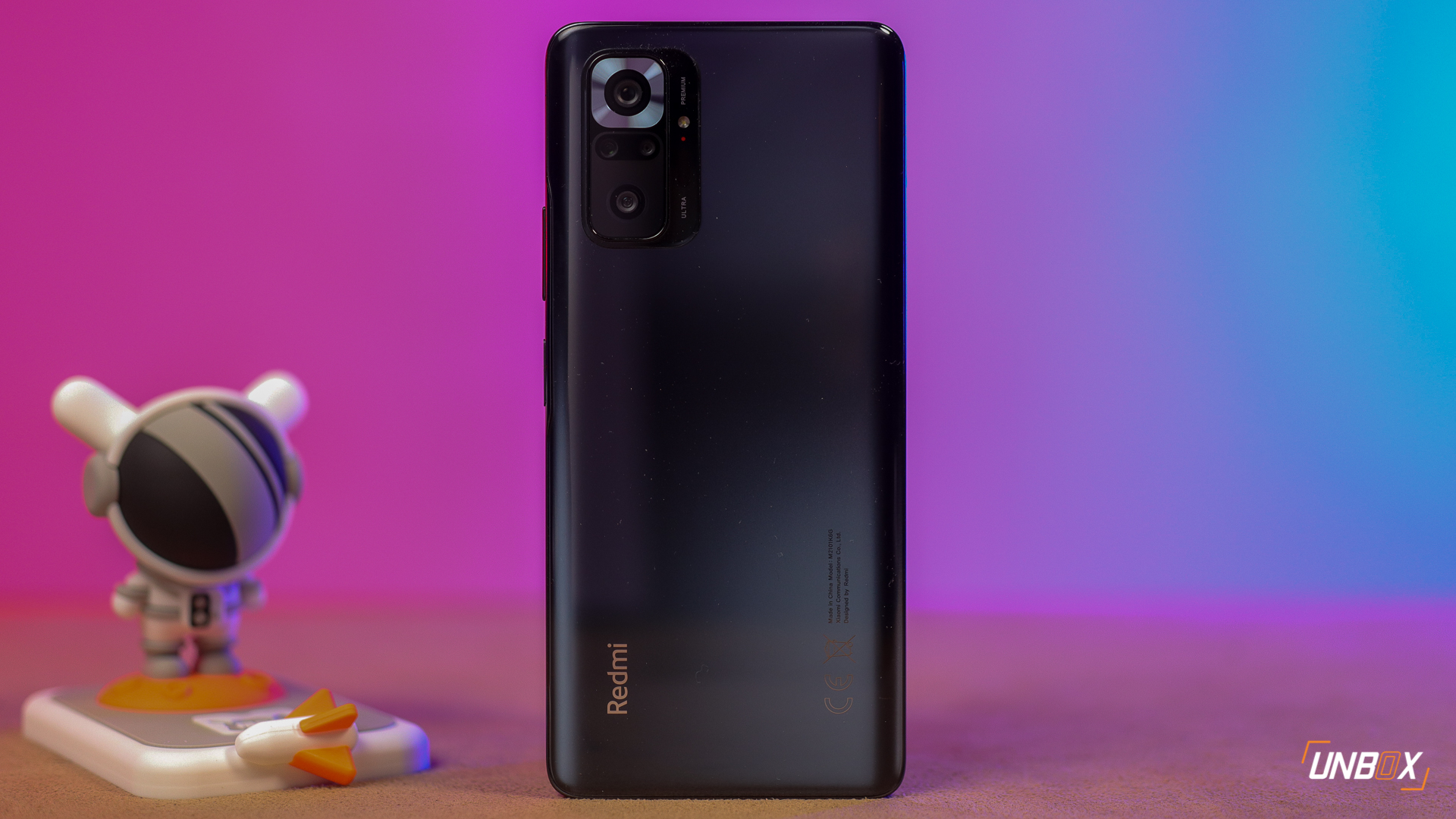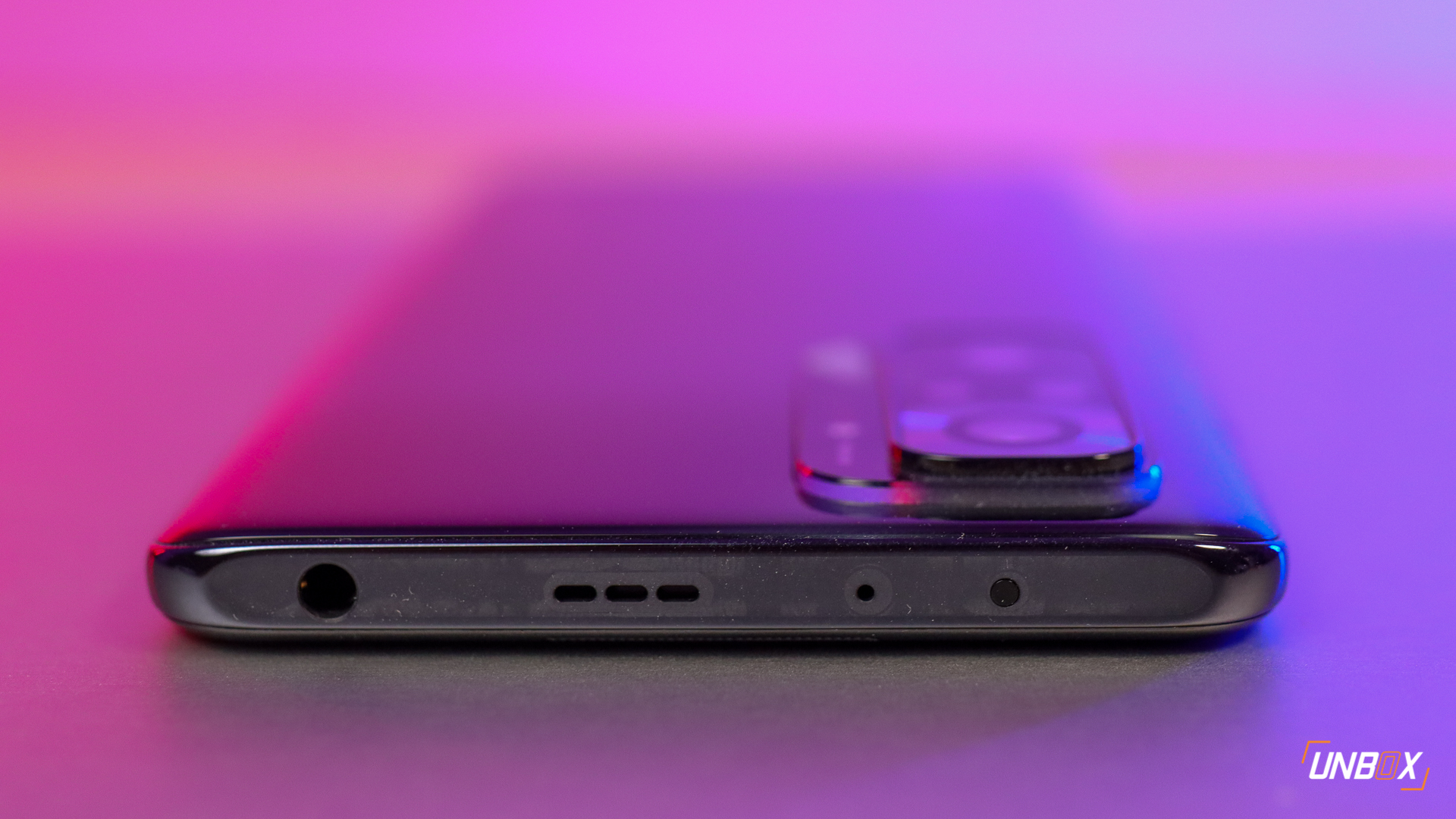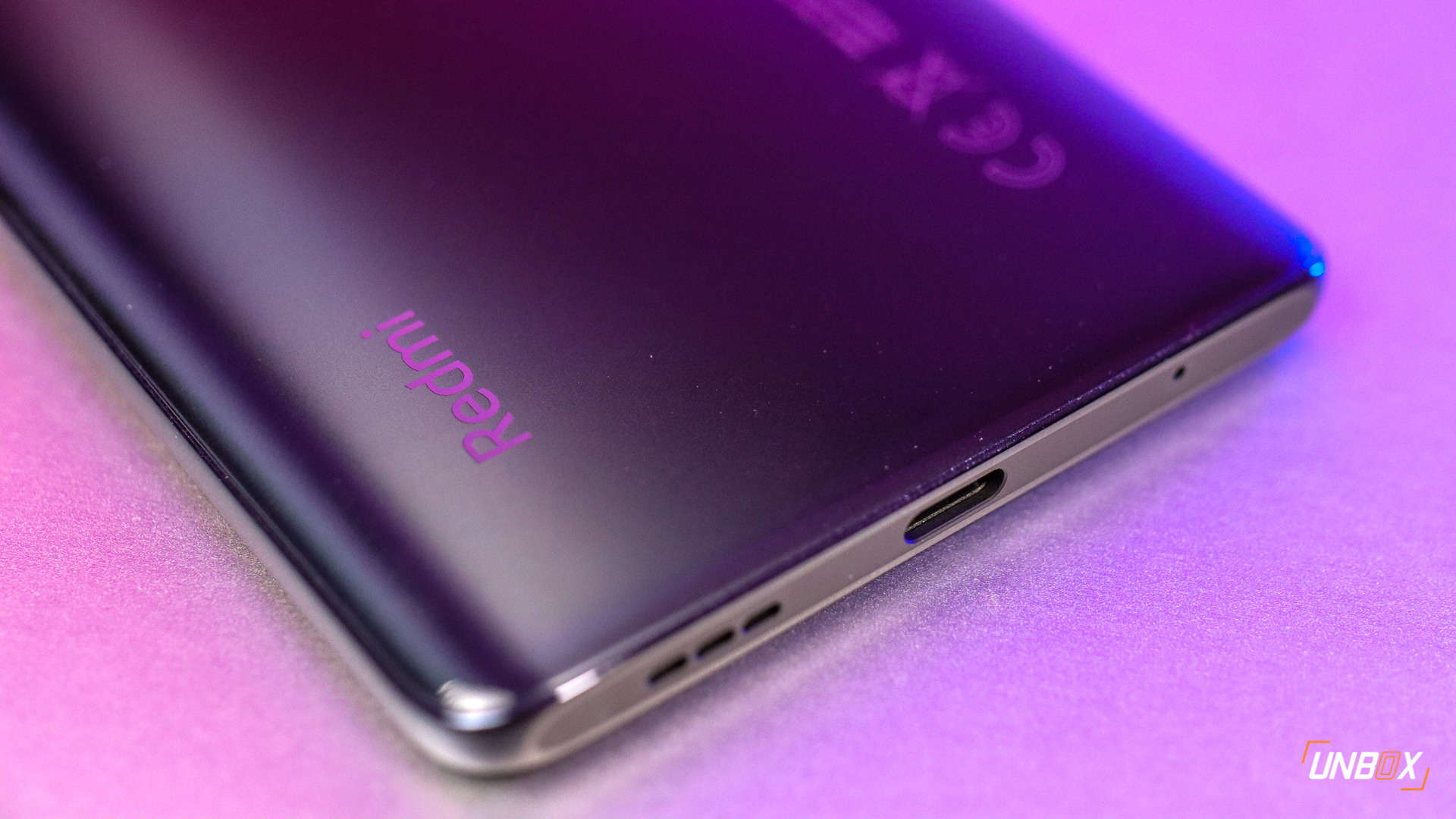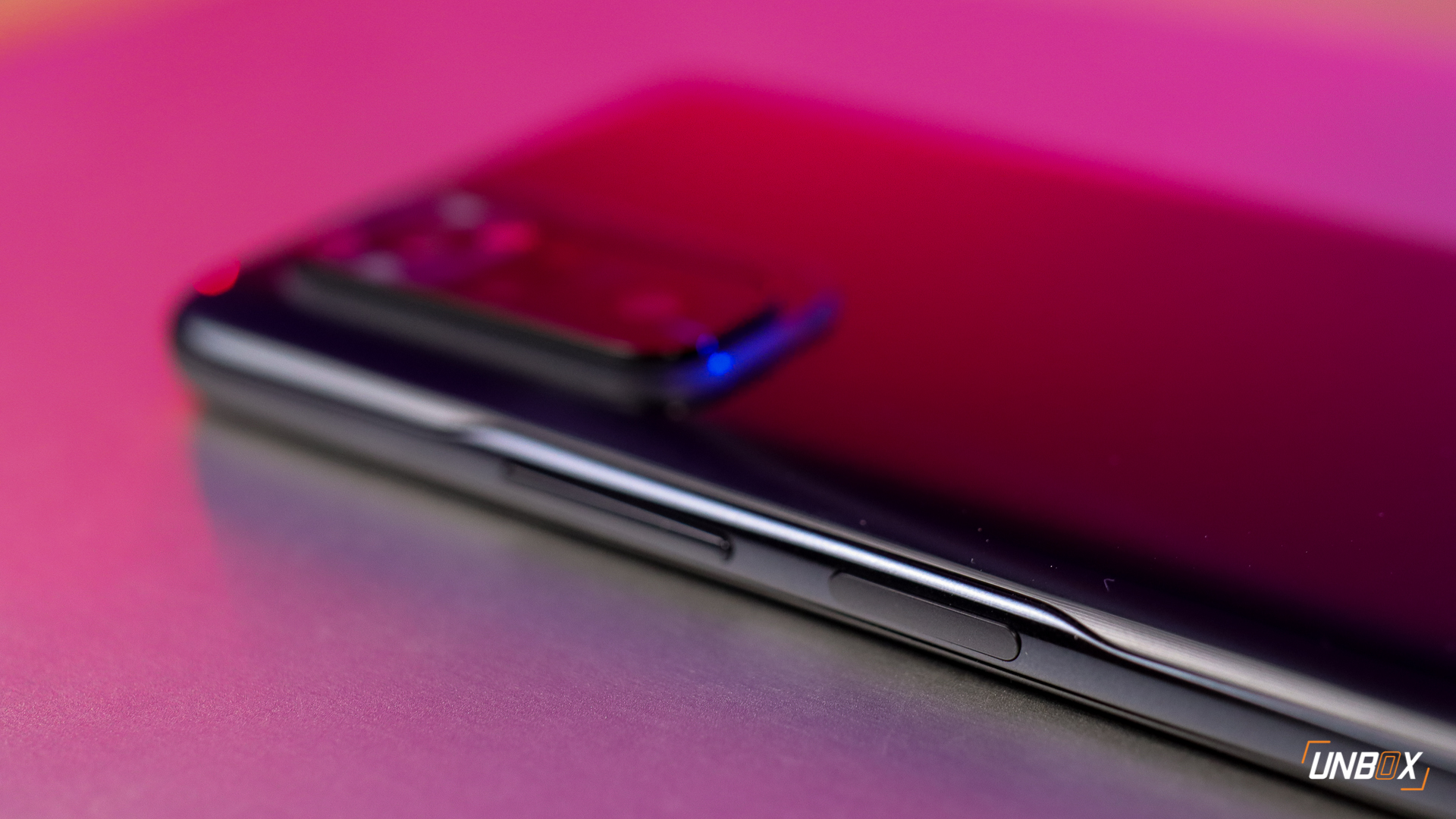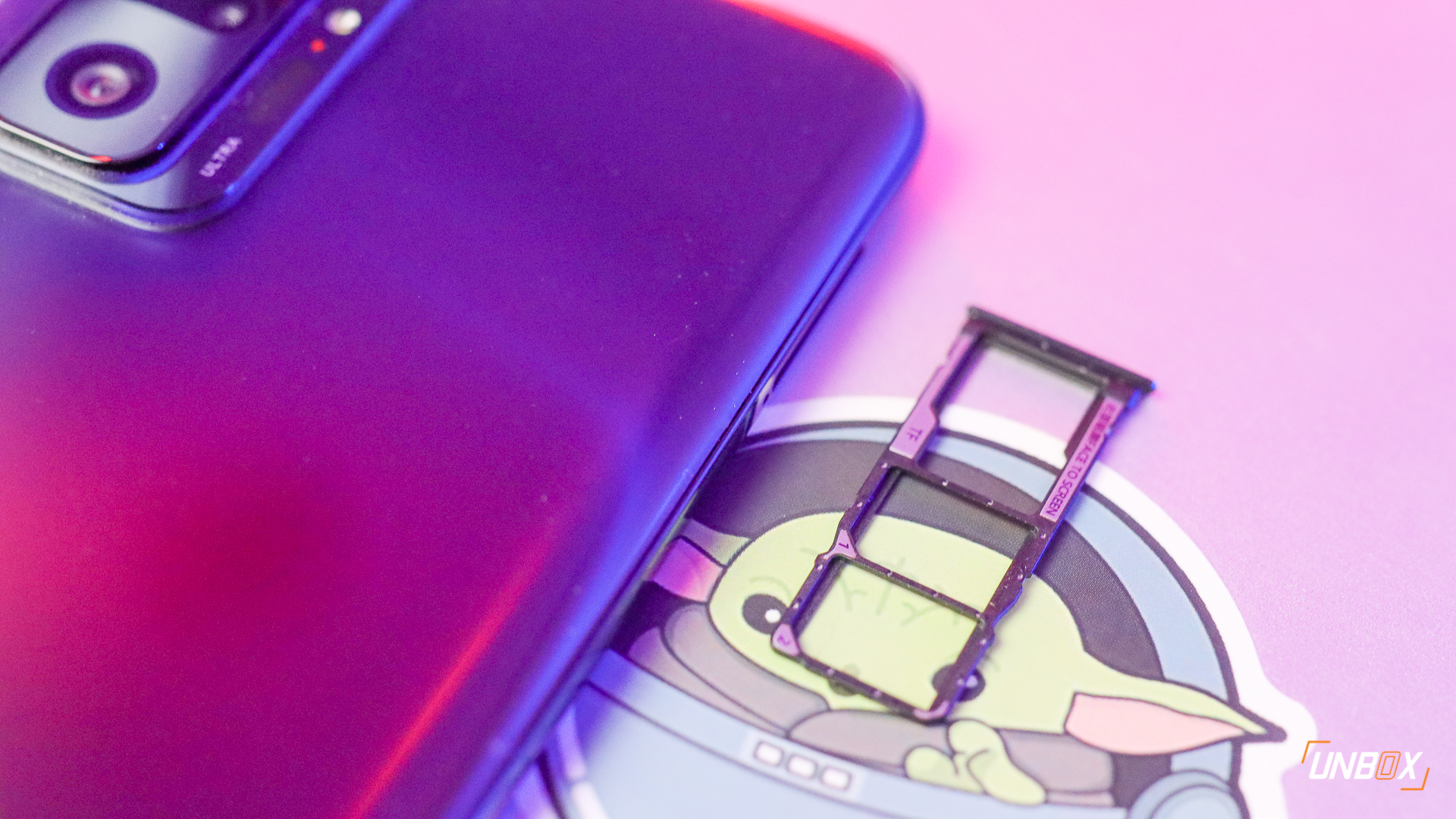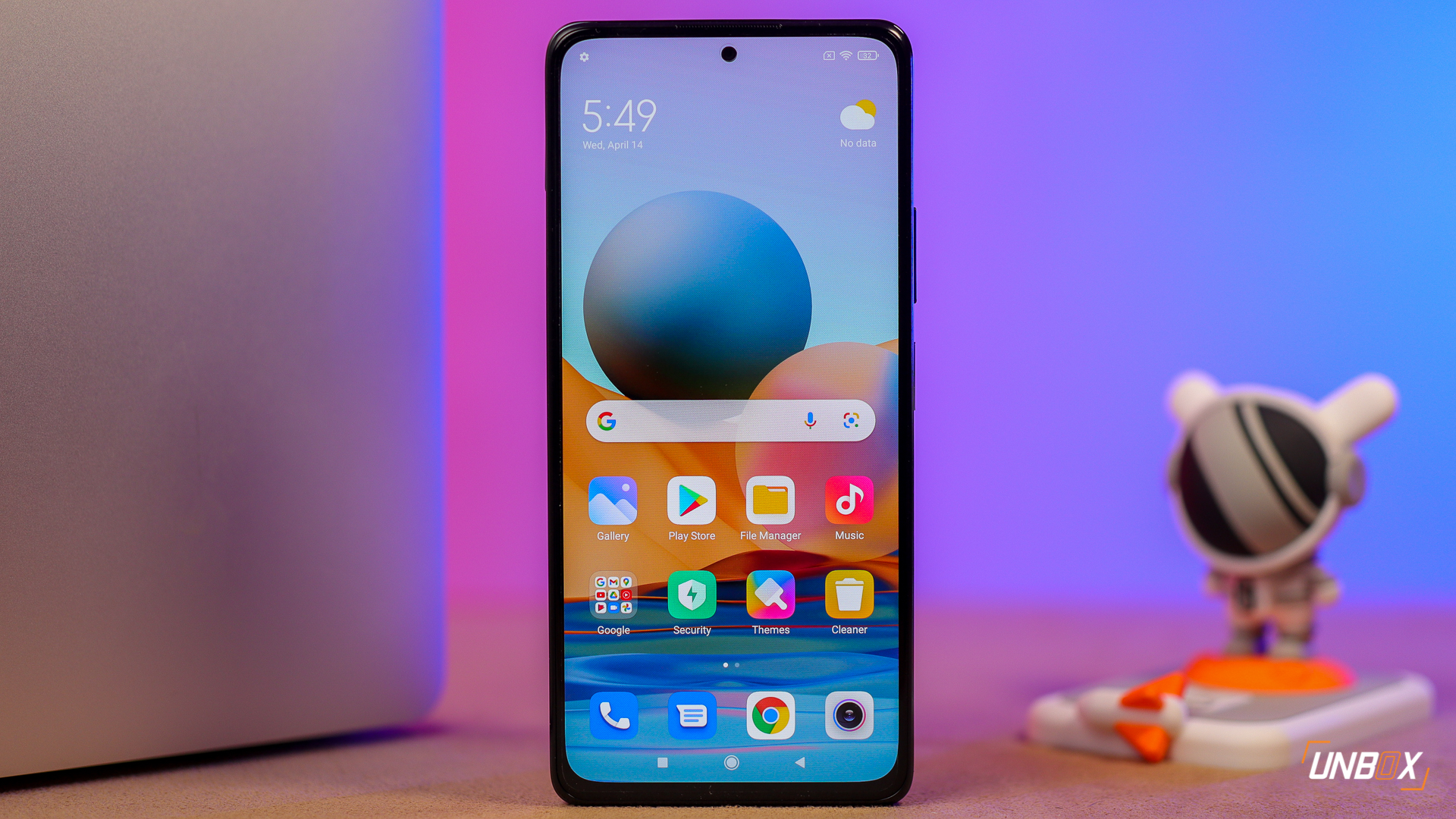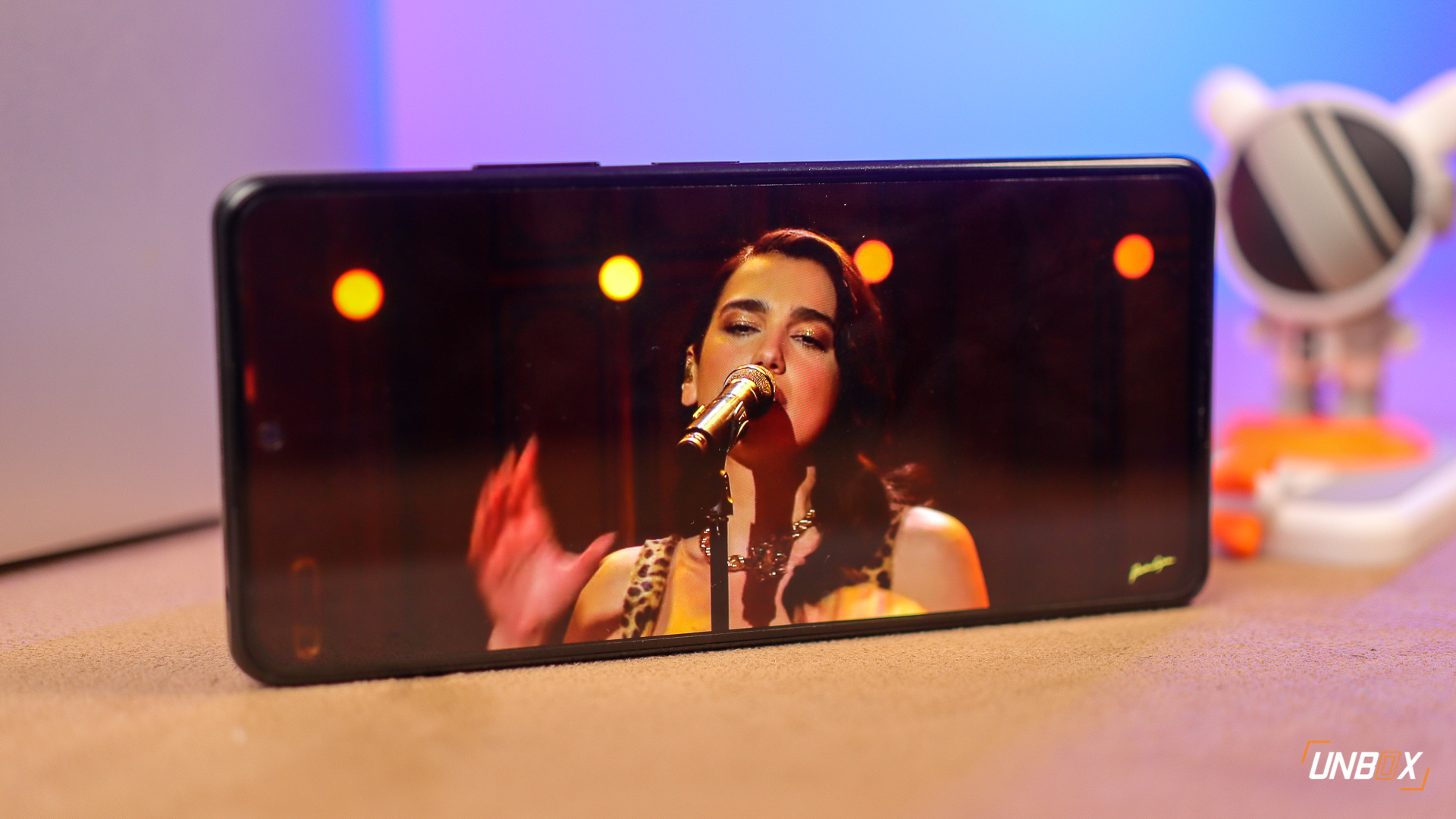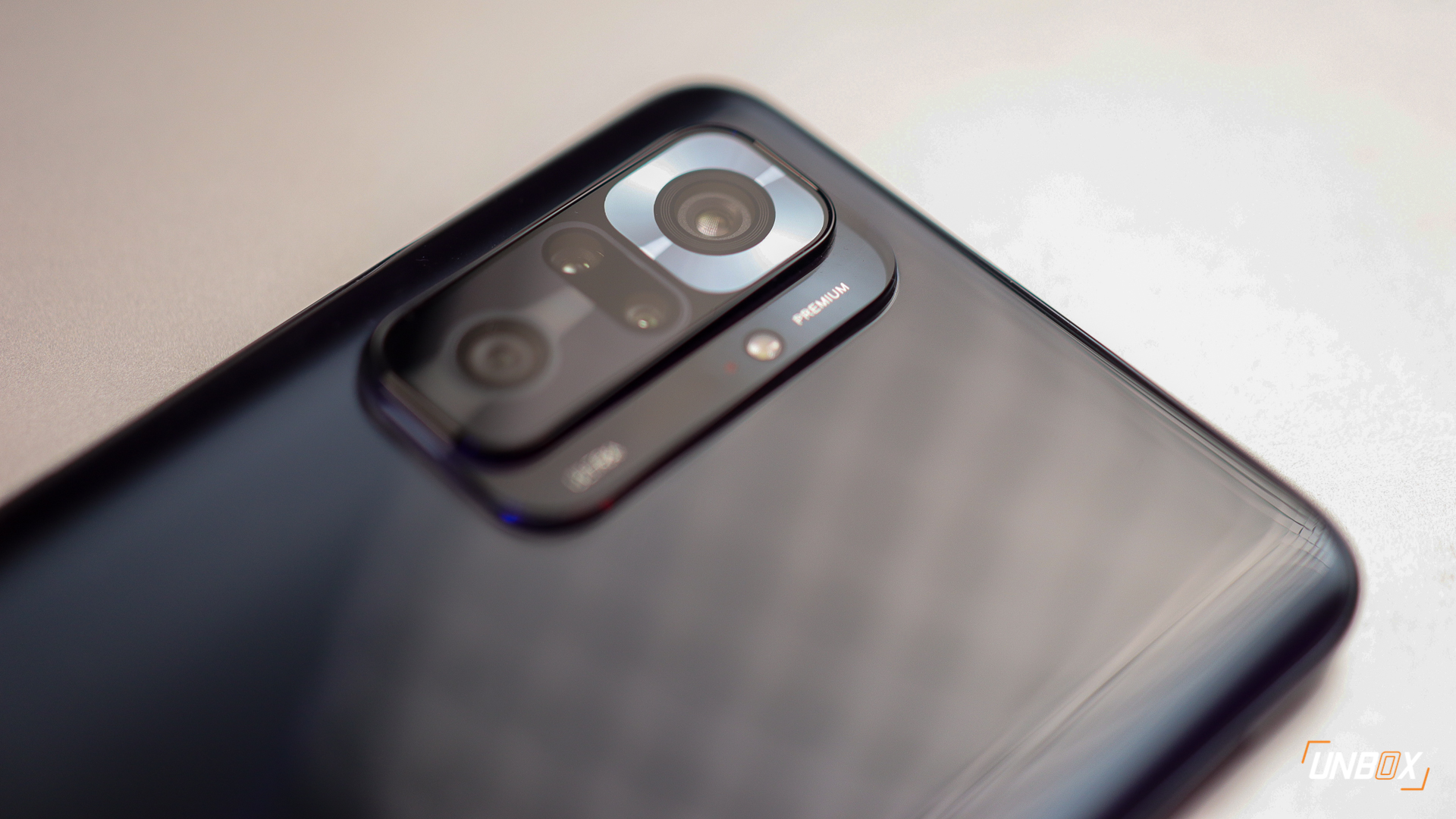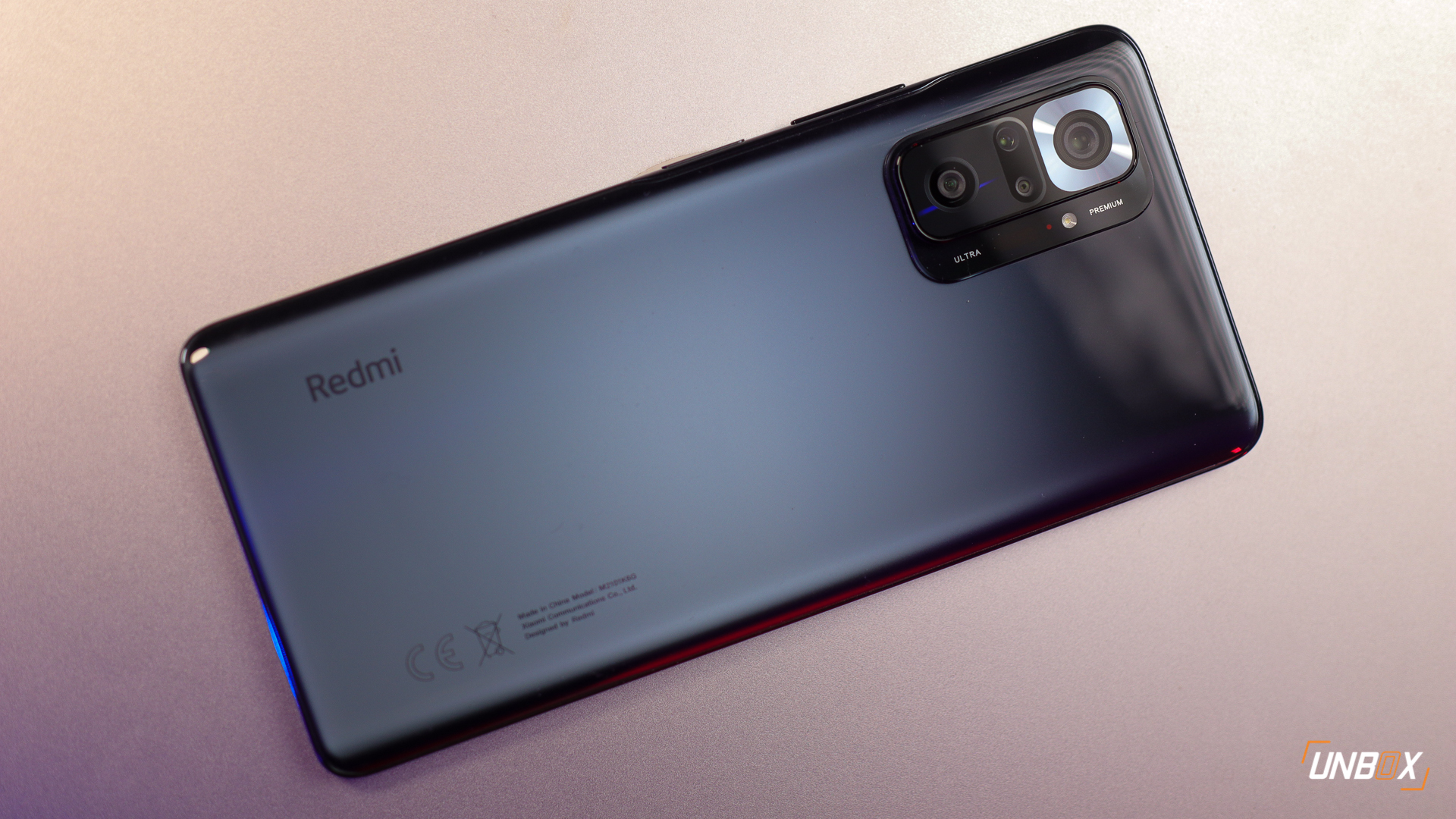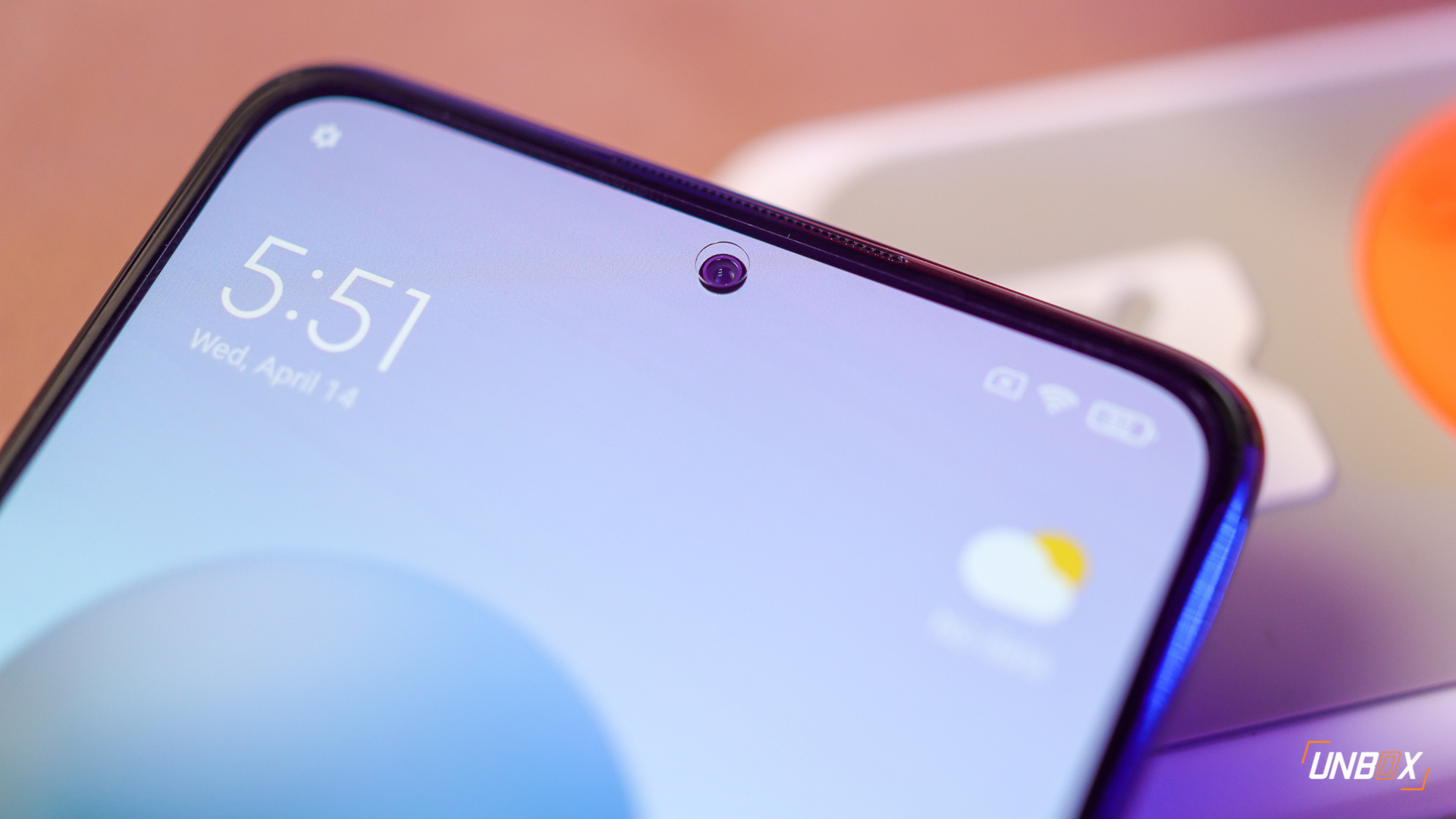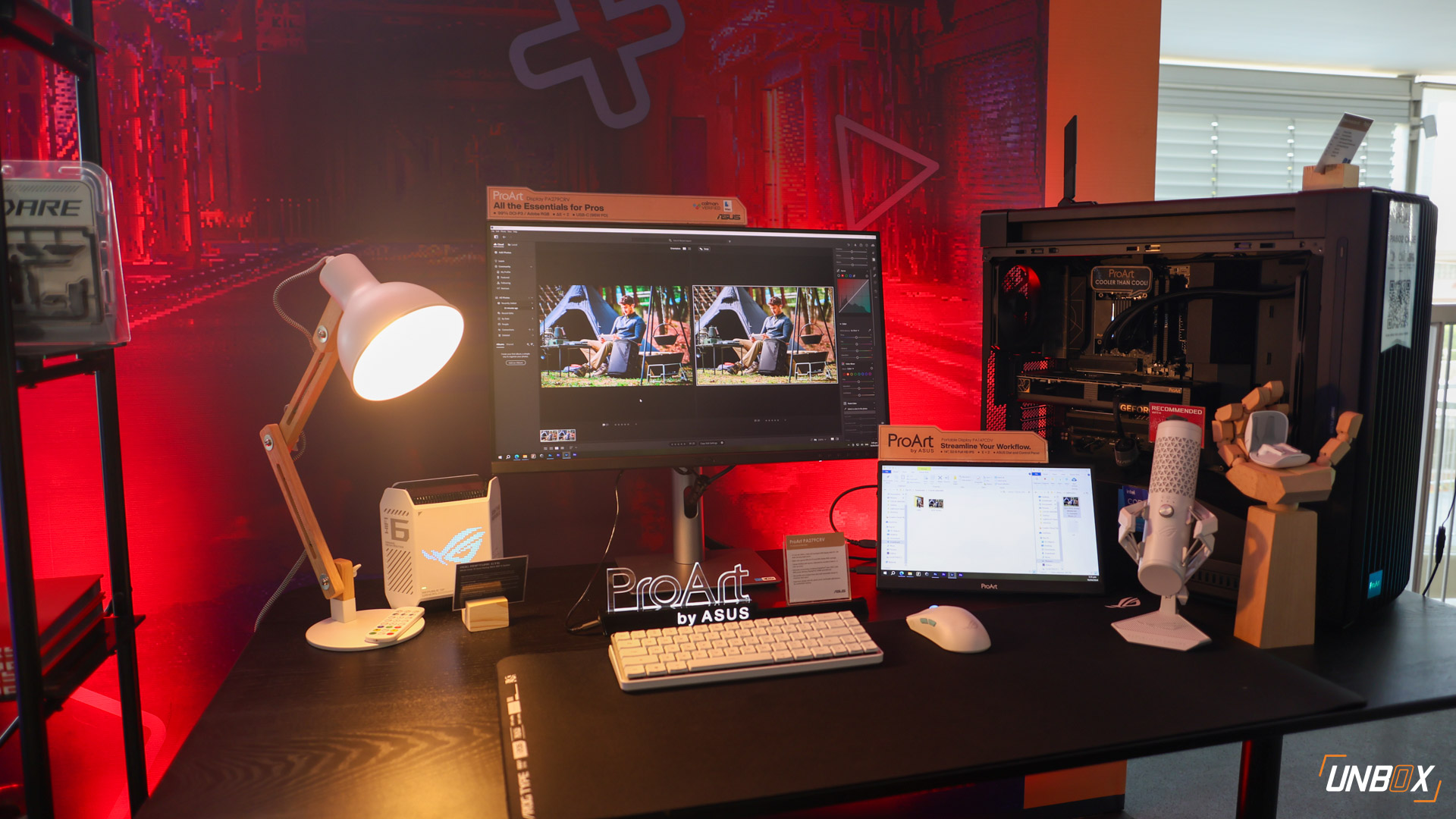Early Verdict: Our unboxing of the Redmi Note 10 Pro in the Philippines shows that this version offers even more value for money compared to its vanilla sibling. You’re getting a better processor, a nicer display, and a higher resolution camera, all for a price that’s not far off the vanilla phone’s pricing.
Redmi Note 10 Pro Unboxing Philippines Specs:
- Snapdragon 732G processor
- 6GB/8GB LPDDR4X RAM
- 128GB UFS 2.2 storage, expandable via MicroSD
- 6.67-inch Full HD+ Super AMOLED display, 120hz refresh rate
- 108-megapixel f/1.9 ISOCELL HM2 main camera with PDAF, 5-megapixel f/2.4 telephoto macro camera, 8-megapixel f/2.2 ultra-wide-angle camera, 2-megapixel depth sensor
- 16-megapixel selfie camera
- 4G, LTE
- WiFi, Bluetooth 5.1, side-mounted fingerprint scanner, stereo speakers
- 5020mAh battery
- 33w fast charging
- Android 11, MIUI 12
Pros
- 120hz AMOLED display
- 108-megapixel camera at an accessible price point
Cons
- Getting your hands at a unit will be hard
- No in-display fingerprint scanner
If you want something even better than the Redmi Note 10, a few thousand Pesos more will get you the Pro version. Aside from offering a number of key upgrades over its predecessor, the Redmi Note 10 Pro stands out for offering key flagship features at a budget mid-range price point.
Unboxing, packaging contents
Like the Redmi Note 10, you get the same packaging design on the Pro version, where you have a white box and a photo of the phone printed in front.
Inside the box, you have the usual contents: the phone itself, 33w charger, USB-C cable, documentation, and a silicone case.
Design
Like its vanilla sibling, the Redmi Note 10 Pro also has a glass back and a rectangular camera module that houses four cameras and the LED flash. Port and button layout is also the same: power and volume buttons on the right side (with the former doubling as a fingerprint scanner), SIM card slot on the left side, IR blaster and a speaker on top, and a headphone jack, speaker, and USB-C port at the bottom.
Despite being larger than the vanilla model, the Redmi Note 10 Pro’s ergonomics is better than its predecessor. Aside from having a slightly smaller footprint, Xiaomi managed to make the Redmi Note 10 Pro thinner and lighter than its predecessor despite having the same 5020mAh battery inside it.
Aside from the display, the Redmi Note 10 Pro also sports stereo speakers, making it a great device to use for watching videos and playing games. Adding another speaker on top of shaving off a few grams is a feat by itself for the Redmi Note 10 Pro in comparison to its predecessor.
Display
AMOLED displays are one of the biggest upgrades on the Redmi Note 10 series, and the Pro raises the bar over the vanilla model with a faster 120hz panel. Aside from delivering deeper blacks and more vibrant colors than the Redmi Note 9 Pro’s IPS panel, the Redmi Note 10 Pro has support for HDR10 content–a rarity among budget mid-range phones.
As much as it is a great display, you only get a side-mounted fingerprint scanner on the Redmi Note 10 Pro. That shouldn’t be an issue, and given the choice between an in-display scanner over a higher 120Hz refresh rate, we’d gladly take the latter over the former.
Cameras
The Redmi Note series is known for bringing the latest camera tech at an accessible price point, and the Redmi Note 10 Pro is no exception. While it has practically the same setup used on the Redmi Note 9 Pro, the crowning feature here is the 108-megapixel ISOCELL HM2 main camera.
The high-resolution camera does 9-to-1 pixel binning that results in 2.1um pixels. It is the same module used on the more premium Mi 11, so you are getting features like Vlog mode, Magic Clone, and Dual Video. We will have to do our usual set of tests to see how the Redmi Note 10 Pro’s cameras perform, so stay tuned for our full review.
Internals
Inside the Redmi Note 10 Pro, you get a Snapdragon 732G processor that is paired with 6GB/8GB RAM and 128GB of UFS 2.2 storage. The processor rings a bell because it is the same one used on the POCO X3 NFC.
Having a slightly higher clock speed for the Prime core compared to the Redmi Note 9 Pro’s Snapdragon 720G (2.3Ghz vs 2.2Ghz), overall performance should be similar–if not slightly better. In addition to that, the Redmi Note 10 Pro should perform better than its predecessor because of the faster write speeds provided by its UFS 2.2 internal storage. We will have to run our usual benchmarks to verify this in our full review that is coming in the next few days.
Like its predecessor, the Redmi Note 10 Pro also has the same 5020mAh battery with 33w wired charging. Xiaomi claims that you can fully top up the battery in less than an hour, though we will have to verify this in our full review.
Wrap up and conclusions
With all the features and upgrades on the Redmi Note 10 Pro, Xiaomi is poised to dominate the budget mid-range segment once again. While we expect this to get sold out quickly–just like most of their offerings–there’s no reason to sleep on this phone especially if you are looking for an upgrade at a very good price point.
Redmi Note 10 Pro Unboxing Philippines Price
The Redmi Note 10 Pro is priced at Php 12,590 for the 6GB/128GB model and Php 13,590 for the 8GB/128GB model.


